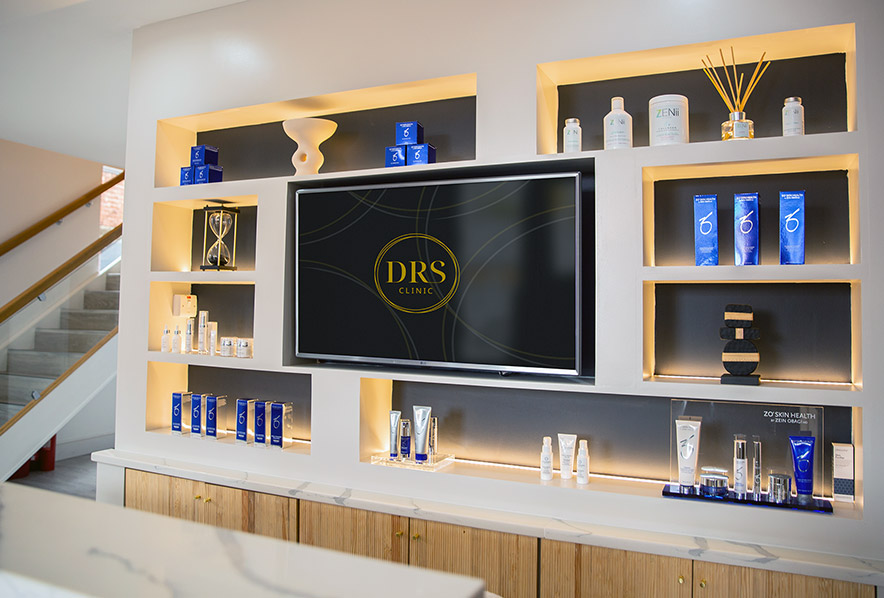A flushed, red face can be a source of frustration and embarrassment, often leaving individuals searching for answers. Rosacea, a common but often misunderstood skin condition, is a frequent culprit behind persistent facial redness. In addition, this blog post, we’ll delve into the intricacies of rosacea. We will explore the potential reasons behind a red face .Find out more about ‘Why does my skin look red?’
Decoding the Red Face Mystery:
1. What is Rosacea?
- Rosacea is a chronic skin condition characterised by facial redness, visible blood vessels, and sometimes small, red, pus-filled bumps resembling acne. Also, it commonly affects the central part of the face, including the forehead, nose, cheeks, and chin.
2. Triggers of Flare-Ups:
- In addition to this , understanding common triggers is crucial for managing rosacea. These can include sun exposure, hot or spicy foods, alcohol, stress, extreme temperatures, certain skincare products, and even intense physical activity.
Why Do I Have a Red Face? Exploring Causes:
1. Vascular Abnormalities:
- Rosacea is associated with abnormalities in facial blood vessels, leading to persistent redness and flushing.
2. Genetic Predisposition:
- Family history may play a role in increasing an individual’s susceptibility to rosacea.
3. Dysregulation of the Immune System:
- Rosacea has been linked to immune system dysfunction, with also inflammation contributing to the characteristic redness and bumps.
4. Demodex Mites:
- An overabundance of microscopic mites called Demodex folliculorum on the skin may be associated with rosacea.
Seeking Solutions :
1. Gentle Skincare:
- Adopting a gentle skincare with DRS clinic using Zo skincare.
2. Sun Protection:
- Sunscreen with a high SPF is crucial for individuals with rosacea, as sun exposure is a common trigger for flare-ups.
3. Identifying Triggers:
- Furthermore , keeping a diary to identify and avoid personal triggers, whether they be certain foods, activities, or environmental factors, can help manage rosacea symptoms.
4. Prescription Medications:
- Dermatologists also may prescribe topical or oral medications to reduce inflammation and control rosacea symptoms.
5. Laser and Light Therapies:
- Certain laser and light-based therapies, such as intense pulsed light (IPL), can target blood vessels and reduce redness associated with rosacea.
Finally, a red face, often attributed to rosacea, can be effectively managed with the right approach. By understanding the triggers, adopting a gentle skincare routine, identifying personal sensitivities, and seeking professional guidance, individuals can navigate the complexities of rosacea and enjoy clearer, calmer skin. In addition , if you suspect you have rosacea or are struggling with persistent facial redness, consult with a dermatologist for a personalised diagnosis and treatment plan. Contact us here


